-
Products
- Gas analysis systems
- GAOS SENSON gas analyzers
- GAOS MS process mass spectrometry
- MaOS HiSpec ion mobility spectrometer
- MaOS AxiSpec ion mobility spectrometer
- Applications
- News
- Events
- About us
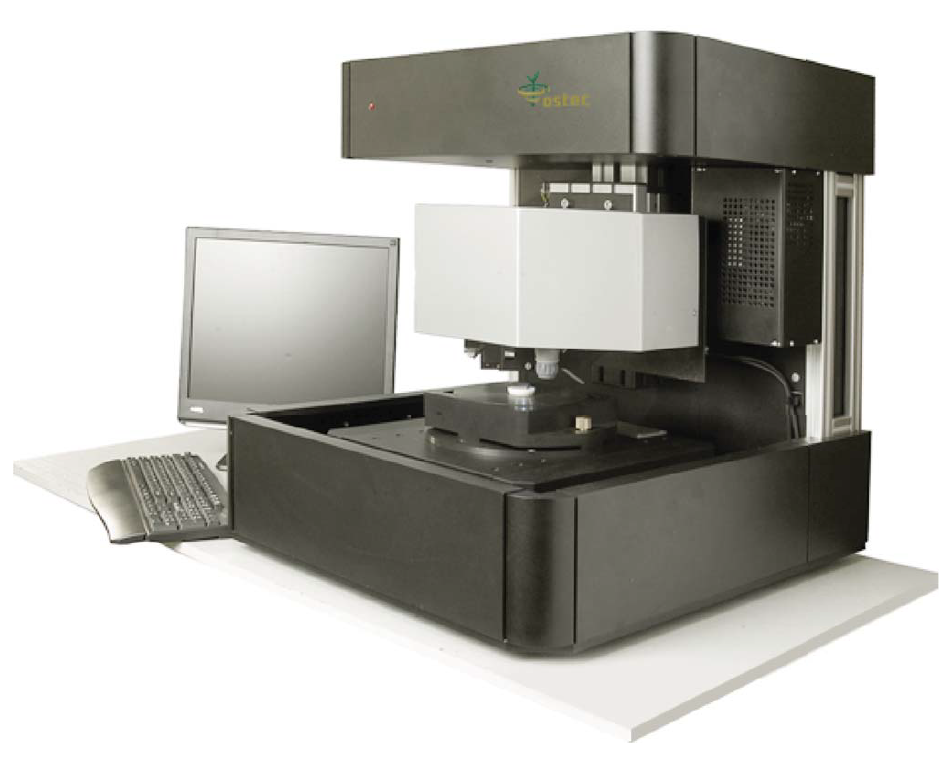
XROS MF30 – laboratory X-ray microscope-microprobe for studies of the objects by the methods of the optical microscopy, radiography, local element XRF microanalysis with the possibility of the element mapping.
Using a microscope, a sample of up to 400 mm in size along the Y-axis and of unlimited size along the X-axis (max. scan area 150×150 mm; in the case of a larger area, the scanned areas can be stitched) and up to 105 mm high can be performed.
An overview video camera and two optical microscopes with magnification up to 200 times are using for accurate determination of the scanning area.
The central optical microscope with automated sharpness adjustment is combined with the axis of the microprobe (axis of the x-ray beam).
Local X-ray fluorescence microanalysis with the possibility of elemental mapping and X-ray studies can be carried out both separately and simultaneously.
Sample positioning accuracy is 10 microns.
The minimum diameter of the x-ray probe is 30 µm.
The range of simultaneously measured elements from 11Na to 92U.
Samples: fingerprint on the PVC plate

|

|

|

|

|

|
|
Fig. 1. Elemental mapping of the fingerprint |
|
The main compounds secreted by human skin are salts (such as NaCl and KCl). Also in the secretions, there are various compounds of sulfur and calcium. The images obtained as a result of the elemental mapping of these elements (S16, Cl17, K19, Ca20) clearly show papillary lines.
On the distributions of lead and iron traces of fingerprint are also clearly visible, it may indicate that the finger was stained with a substance containing lead and iron.
Microscope-microprobe XROS MF30 allows elemental analysis of fingerprints. According to its results, it is possible to obtain additional information about the contamination present on the finger that left a fingerprint.
One of the advantages of the MicroXRF method for fingerprint analysis is the ability to be used regardless of the surface on which the fingerprint was left (flat solid surface, paper, fabric, or porous surface).
The following mixtures of boric acid (H3BO3) with copper oxide (CuO) in different proportions were created to assess the sensitivity of the MicroXRF method for fingerprint imaging – 99%-1%; 99.5%-0,5% and 99.95%-0.05% (Fig. 2). The elements included in the composition of boric acid for the X-ray microscope XROS MF30 are undetectable. Of all elements that make up mixtures obtained, the device determines only copper.
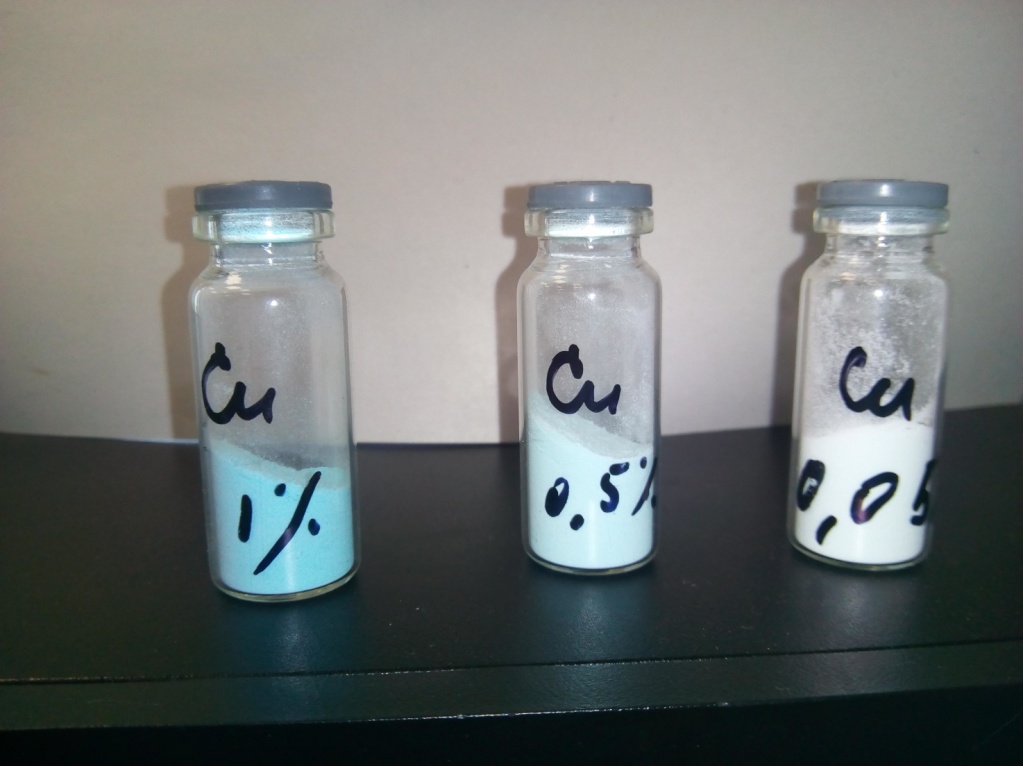
Fig. 2. Mixtures of boric acid with copper oxide
A clean finger was dipped in the mixture, then the fingerprint was left on the glass surface, and a study of the resulting fingerprint was conducted. The results of the elemental mapping of copper are shown in Fig. 3-5. The survey was carried out under the following scanning conditions: voltage on the X-ray tube – 25 kV, current – 12 mA, scanning speed – 100 µm/sec, scanning – 100 µm, time of a single spectrum accumulation – 1 sec. Total time of scanning for one fingerprint ~ 20 min.
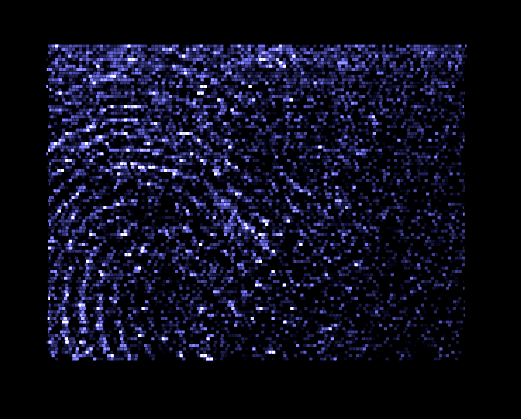
Fig. 3 Results of elemental mapping of a fingerprint of a finger stained with copper powder – 1%
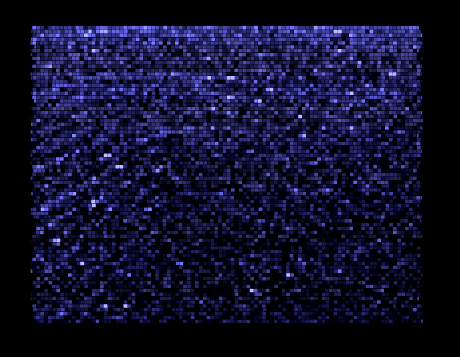
Fig. 4 Results of elemental mapping of a fingerprint of a finger stained with copper powder – 0.5%
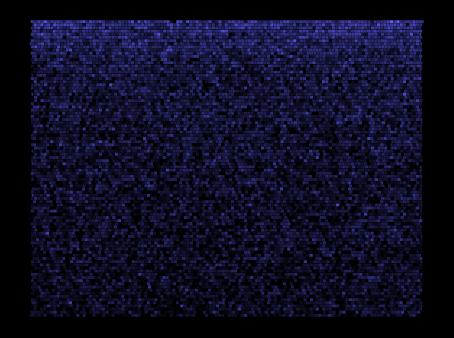
Fig. 5 Results of elemental mapping of a fingerprint of a finger stained with copper powder – 0.05%
As a result of the study of artificially created fingerprints stained with powders with different copper content, it can be concluded that the sensitivity of the method in these conditions is limited to the concentrations of elements of 0.1% and above. The sensitivity of the method can be increased by reducing scanning speed and increasing the time of spectrum accumulation at a single point, although it will increase the total time of scanning for one fingerprint.